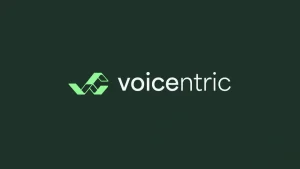Is Inciting Fear An Effective Science Marketing Strategy?
Date posted:
News
Most people will have a formative memory of a frightening public information film or piece of marketing related to a medical matter, and there the same justification given for delivering information in such a stark way is that it is the most impactful way to send a message.
A lot of people will have seen a public information film warning, often quite graphically, about the dangers of smoking, addiction, abusing medication and drugs, fireworks, dangerous locations and infectious diseases, amongst many other dangers.
Often they will be haunting, visceral and sometimes abjectly graphic, with the idea that creating an immediate response of fear or disgust will touch a nerve, create a conversation about the message behind the marketing and ideally make people think of that visceral image.
However, does this actually work? Is scaring the audience the best approach to sending a message in the health and life science world?
One review in 2014 published by the International Journal of Psychology suggests that this may not be the case and that marketing that is too aggressive in its approach to shocking and fear-inducing content can in fact backfire.
The review calls the evidence used as the basis for fear-based marketing weak and argues that the issue is that whilst this imagery is striking and memorable, it often lacks one of the most important aspects of effective marketing: a call to action.
A call to action (CTA) is a catch-all marketing term for the intended next steps for a viewer of a particular piece of advertising material. It can be simply to purchase a product or consult a medical professional to see if it is right for them, or it can be something more nebulous.
Starting a conversation is certainly an important first step, but it needs to avoid causing a defensive response, where people feel talked down to and attacked rather than having actionable steps for what they can do to avoid the danger in question either before or during.


